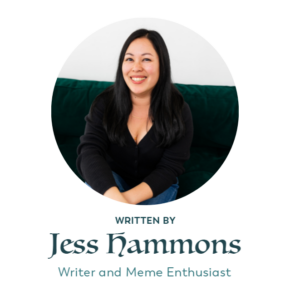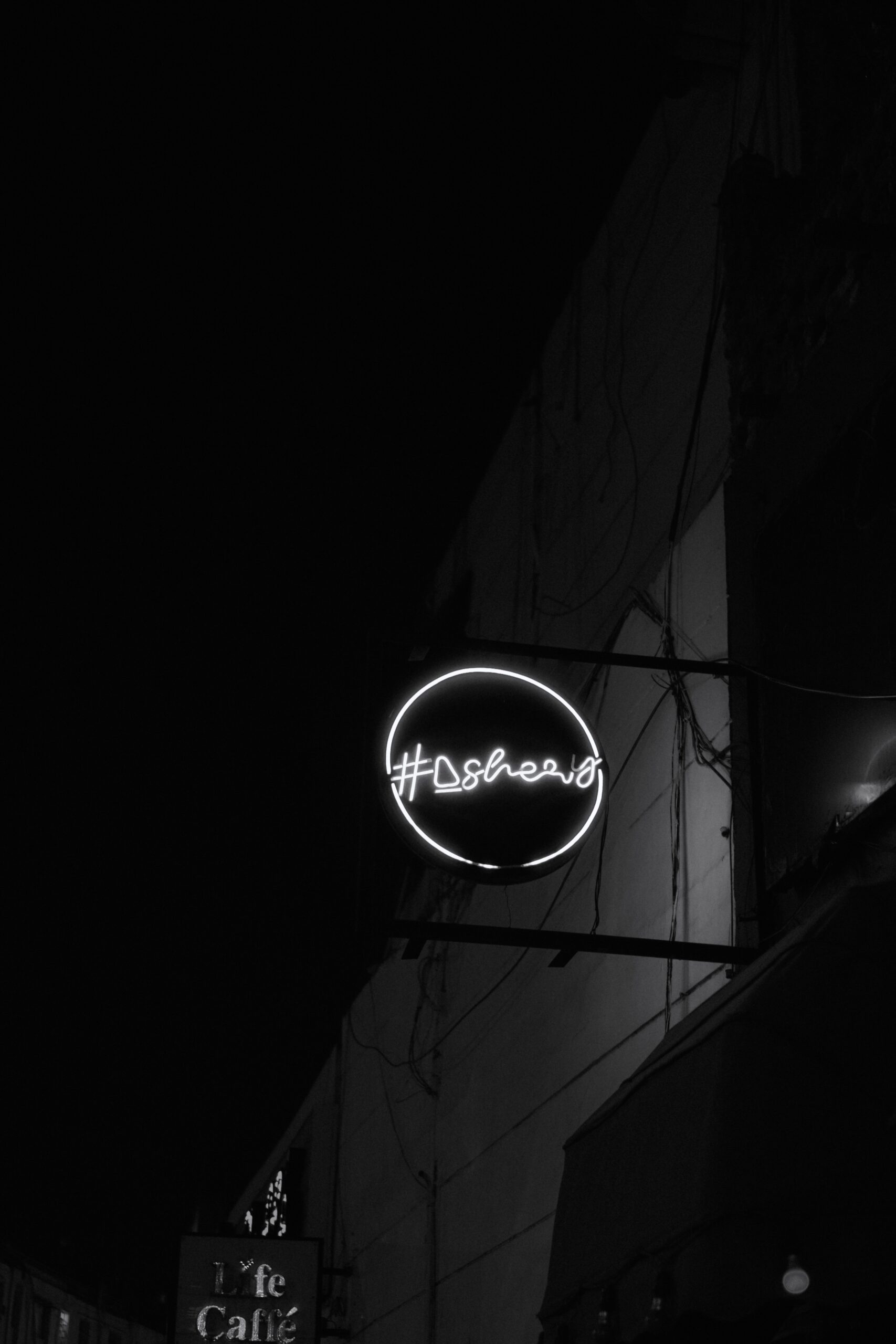No bones about it: social media has changed. As of this writing, it’s mid-2023 and Twitter has become weirder and more unhinged under Elon Musk’s ownership. Threads, Twitter’s new counterpart on Instagram, has influencers and social media managers going bananas.
Amidst all this chaos, you might be wondering…is anything on social media the same? Do I need to change my content strategy to keep up? More specifically, do hashtags still matter for my content strategy?
Here at Uncanny HQ, we’re happy to report that yes, hashtags still matter. Not all the rules of social media have been broken! Let’s talk about how you can use hashtags strategically for your biz.
Why you should be using hashtags with your content
Boost engagement with your brand
How do you find out where your target audience is online? What they’re talking about, what they’re sharing with each other? And how do you get them to engage with your brand?
Hashtags can help.
You can test out different hashtags to see which elicits the most engagement from your audience. Once you find relevant, appropriate hashtags and use them, your content will appear in explore pages and searches.
Plus, if you’re hosting a giveaway, attending an event, or promoting a sale, you can create and use special hashtags to help users find what they’re looking for.
Increase brand awareness
Hashtags were invented (on Twitter in 2007, BTW) to help “similarly-interested folks…find each other.” And now, over 15 years later, nearly half of Gen Z prefers Instagram and TikTok over Google Search and Google Maps. An actual executive at Google admitted this at a tech conference in 2022.
If the youths are changing the way we look for products or services on the internet, then you should probably pay attention. And if hashtags are an essential part of how people find content on TikTok and Instagram, then you should use hashtags to help your business be found.
Hashtags help categorize your social media content so that any user can find it, whether they follow you or not. For example, some of our favorite hashtags for labeling our content and driving traffic are #ContentAgency, #CopywritingforCreatives, and #SmallBusinessOwner.
(If you’re wondering which hashtags to use for your business and how many, we’ll get to that in a bit.)
Add personality and context to your content
One of our favorite things about the SparkNotes Instagram account is their use of hashtags. They’re usually ridiculous and involve niche inside jokes, but they also occasionally use #SparkNotes and/or the name of the literary work they’re referencing; e.g., #PrideandPrejudice.
Is SparkNotes using their hashtags to find followers? Probably not, because they get wild. For example, #CaptainCrunchWasAWarHeroAndThePrimaryMaleRoleModelOfMyHouse was a recent one. (If you don’t get the Brooklyn 99 reference you’ve gotta watch it.)
But what they ARE doing is having fun with their hashtags, entertaining their audience, and adding context to their content. They’re building a strong community of not only followers but fans.
Tips for using hashtags for your business
Remember, hashtags are words and numbers following the pound or number (#) symbol. Hashtags can be added to posts, Reels, and Stories on Instagram, as well as TikTok, Twitter, Facebook, YouTube, Pinterest, and LinkedIn.
When you use a hashtag in your content, your post is indexed by the social media platform you’re using. Anyone looking at a particular hashtag can discover your content, even if they’re not already following you.
Shout out to social media queen Mackenzie Taylor who taught the Uncanny team all about hashtags earlier this year! Her very helpful training inspired this post.
Choose relevant hashtags (or else)
Relevancy isn’t just for SEO. If you follow one piece of advice on using hashtags in this section, let this be it: choose relevant hashtags.
Using an irrelevant hashtag is borderline spammy behavior. If you’re a finance bro who uses #WomenEntrepreneurs in your humblebrag Reel about how much money you’ve made, that’s irrelevant. And an asshole move. You’re basically tricking people into finding your content when it’s not what they’re looking for.
Instead, choose hashtags directly related to what you offer, your industry, or your audience. It’ll take some research, but look into hashtags that are relevant for your brand. Types of hashtags to choose from include:
- Industry or community-specific, like #CreativeEntrepreneur or #WomenInBusiness
- Product or service, like #CopywritingTips or #BrandingStrategy
- Location (which is particularly helpful on TikTok)
- Time-specific, like #MotivationMonday or #Q4Marketing
See what other biz owners in your space are using for hashtags. Browse your Explore page. Use hashtag tracking tools. Whatever method you use, pick relevant hashtags.
Use the right number
The number of hashtags you can use doesn’t always equal the number you should use. Here are some suggestions:
- Instagram: You can use up to 30. The recommended number of hashtags to use is all over the place, from 3 to 5 or 9 to 12 and so on.
- TikTok: The sky’s the limit here, but remember, the character limit for TikTok captions is 300.
- Twitter: You can use as many hashtags as you like in a Tweet, but Twitter recommends no more than 2 per Tweet.
- LinkedIn: There’s no hashtag limit for LinkedIn either. However, they recommend using only 3 per post.
- Facebook: It’s not the most popular platform for hashtag use, which is why most people recommend using only 1 to 3 hashtags in your Facebook content.
- Pinterest: You’re allowed up to 20 hashtags per Pin, but Pinterest recommends using 2 to 8 to avoid appearing spammy.
Mix up the popularity of your hashtags
Let’s say you’re trying to choose between two similar hashtags. You check how many posts, videos, or accounts used by each hashtag and realize that one has way higher numbers than the other. You should pick the more popular hashtag, right?
Wrong. Just because it’s popular doesn’t mean it’s best for your brand, nor does it guarantee your content gets seen. In fact, your content sometimes has a better chance of getting seen when it doesn’t have to compete with a jillion other posts!
Pick hashtags that vary in popularity. According to our social media expert, Mackenzie Taylor of Flick, you want to break your 30 Instagram hashtags down like this:
- 10 low competition (150,000 posts or less)
- 10 medium competition (500k – 750k or less)
- 10 high competition(750k+)
Less popular hashtags may not have impressive numbers, but they may have a more engaged audience. Popular hashtags can help get your content seen and your brand noticed.
Experiment with hashtags to see what works
The info we shared in this post will help your brand get discovered and engaged with on social media, but take it all with a grain of salt. Social media algorithms are constantly changing (which is so fun for us), so it’s up to you to figure out what hashtag strategy works best for your biz.
Make sure you experiment with:
- The hashtags you use
- How many hashtags you use per post or video
- Where they’re placed to see if it affects engagement
You might be surprised to find that using all 30 of your Instagram hashtags gets you better results than using fewer. Or that your local, super-niche hashtag attracts more followers and leads than a more generic hashtag.
The humble hashtag isn’t dead — and it doesn’t look like it’s going anywhere for now. If you want more eyes on your brand’s content, as well as more followers and more leads, choose relevant, appropriate hashtags and use them wisely.
Need help with your hashtags? There are tons of hashtag experts out there, but we LOVE Flick for their hashtag generator, scheduling tools, AND their social insights. (And yes, that’s a referral link — we love it that much.)

